Practical tips for hygiene and calf-rearing
By paying extra attention to hygiene, it's possible to drastically reduce the likelihood of illness breaking out among young calves. This does, however, require that you work according to a strict protocol. Those who can apply the necessary discipline will make great strides in improving calf health – and therefore their overall calf-rearing success.
Birth and providing colostrum
- Be sure to provide a clean and roomy calving box that contains a thick layer of clean straw.
- Immediately after the birth, disinfect the newborn calf's umbilicus using a tincture of iodine or antibiotic spray.
- Milk the colostrum within one hour of birth, working as cleanly as possible, and always evaluate it for quality. Then immediately refrigerate and/or freeze the colostrum, or feed it to the calf within two hours. Ideally, colostrum will be pasteurised before it is frozen. Colostrum of insufficient quality should never be used.
- When transporting newborn calves, be sure to use a clean and disinfected calf taxi or a clean and disinfected barrow dedicated to this purpose. In other words: not a barrow that has previously been used to muck out the barn.
Individual housing
- Place the newborn calf in a clean and disinfected single-calf hutch that has been empty for a least one week following thorough cleaning and disinfection. Make sure the hutch contains a thick layer of clean straw.
- Give each calf its own (numbered) teat bucket, which will preferable stay with the hutch at all times.
- Clean and disinfect every teat bucket on a daily basis. Beware of using the same brush: this can be a vector for spreading disease. You must therefore disinfect the brush between every bucket/use.
- Wear clean boots and clean overalls that are worn only when working with the calves. Wash your hands before going to tend the calves.
- The best order in which to feed the animals and lay down fresh straw is from young to old.
- Put down fresh bedding in a timely manner so that every calf always has a dry spot to lie down.
- Make sure to prevent all contact between young calves and older calves or dairy cows, as well as the older animals’ manure and/or leftover feed.
- From day 3, calves will need access to clean drinking water and solid feed (hay and pellets/muesli). Troughs/dishes for feed and water should be inspected and cleaned every day.
- Ensure that no rain or moisture can flow or seep from one calf hutch into another.
- Avoid all contact, whether direct or indirect, between sick and healthy calves.
- When a calf hutch becomes vacant, it should be mucked out, cleaned and disinfected straight away. This includes the subsurface! Hutches should ideally be cleaned in a different location than where the calves are. This is to prevent pathogens from being spread by water droplets during spray-cleaning.
- Use smooth hutches with no nooks/crannies or porous surfaces, so that they will be easy to clean.
- Move any calves that are leaving the farm to a separate pick-up location so that the livestock dealer will definitely not need to come near the other calves.
Group housing for calves
- Place calves into small groups only after 14 days. Each group will ideally contain no more than four calves, all of the same age.
- Always feed the animals and lay down fresh straw in order from young to old. Save any group with a sick calf for last.
- Work according to the ‘all-in, all-out’ principle. Group hutches are emptied completely and are cleaned and disinfected.
- Visitors should wear work clothing and clean boots provided by the farm.
- Disbudding should be done by a vet, with painkillers, as young as possible.
- Never put a sick calf in with a (new) group or introduce a healthy calf into a group that includes a sick calf.
- Remove the sick calf from its group until it has recovered.
- Prevent feed from circulating between groups when placing calves in a group.
- Provide unlimited quantities of clean drinking water and high-quality solid feed (hay and muesli/pellets).
- Ensure that feed/water dishes and troughs are always clean and prevent any contamination from manure and/or rust.
Staff
- There should be clear work protocols in place and you should set concrete goals together with your staff.
- Ensure that everyone is familiar with these protocols and understands why they should be followed.
- Record all cases of illness, treatments, losses and results.
- Arrange for the effective transfer of information between members of staff (whiteboard/numbers for the hutches).
- Involve the staff in any changes to procedure. Let them contribute to identifying improvements. Share results and keep making an effort to motivate and train your staff. Pay them compliments for a job well done.
- Evaluate the calf-rearing process at least once a year, together with staff and your regular veterinarian.
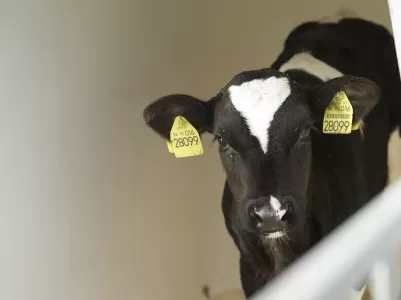
Share this message

Agros Expo 2022
On January 25-27, Moscow will host the Agros Expo 2022 international exhibition of animal husbandry, breeding and forage production. We invite you to familiarize yourself with our bestsellers - Comfort and Open Top Premium calf hutches! Booth K36,...
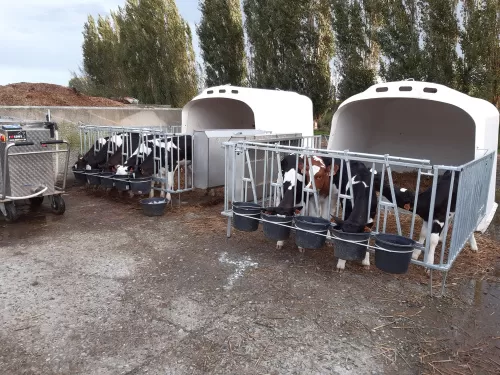
In conversation with...
Filip and Anja from dairy farm De Brabander LV Filip (49) and Anja (47) De Brabander-Vandierendonck have enjoyed running a dairy farm with 260 dairy cows together in the municipality of Zomergem (Lievegem) Belgium for the past 27 years....
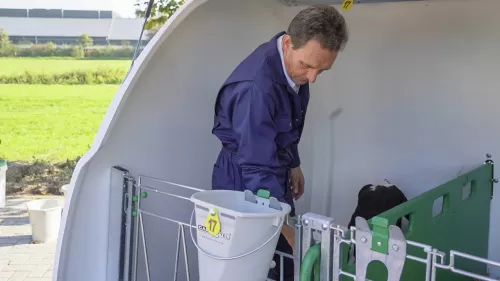
Reduce labour by up to 20% in the first four months
Investments in practical housing pay off. Calf rearing is a labour-intensive part of running a dairy farm. Proper calf rearing requires attention and care. Yet at many farms, it's possible to greatly reduce the amount of work. Labour savings...
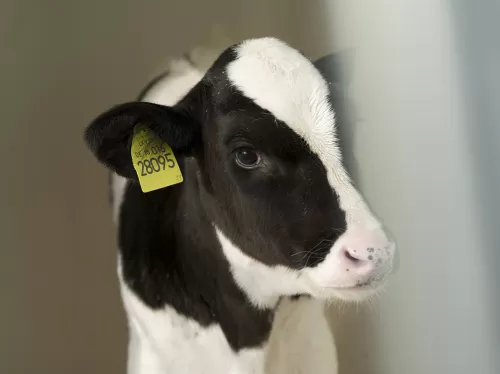
More growth and health in outdoor housing
Thorough calf rearing is essential for a good performance as a dairy cow. With a high feeding regime and an all-in, all-out housing in small, fixed groups, calves perform best. This according to research by the Dutch Dairy Campus/WUR with 224...
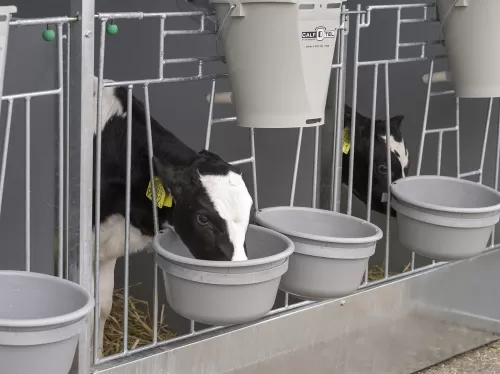
More attention for calf housing
In recent years, more and more attention has been paid to how calves are fed. This is not surprising, considering that the care given to young calves will determine their performance as dairy cows in the future. Research has shown that intensive rearing...
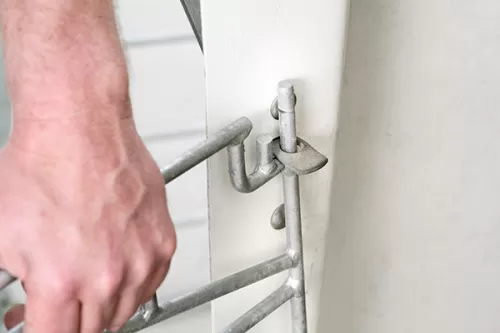
Plastic versus Polyester
Choice of materials determines lifespan. Calf hutches made from plastic or polyester: What will you choose? At first glance, they might seem similar. Yet there is a world of difference. Arjan Harbers, Sales Manager at VDK Agri,...

VDK Agri Open Top Premium wins Innov’SPACE!
VDK Agri has won a 2020 Innov’SPACE for the Open Top Premium Single and Duo! Our colleague Jean Bernard Béranger received the award yesterday.
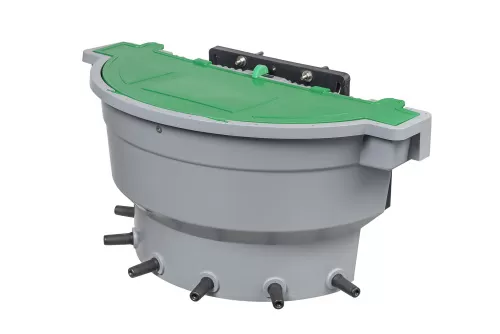
New products!
VDK Agri launches not one but three new products, among which a new line for indoor accommodation. These calf pens are suitable for dairy farmers who want to keep calves indoors or under a roof. The products were developed on the basis of the latest...
